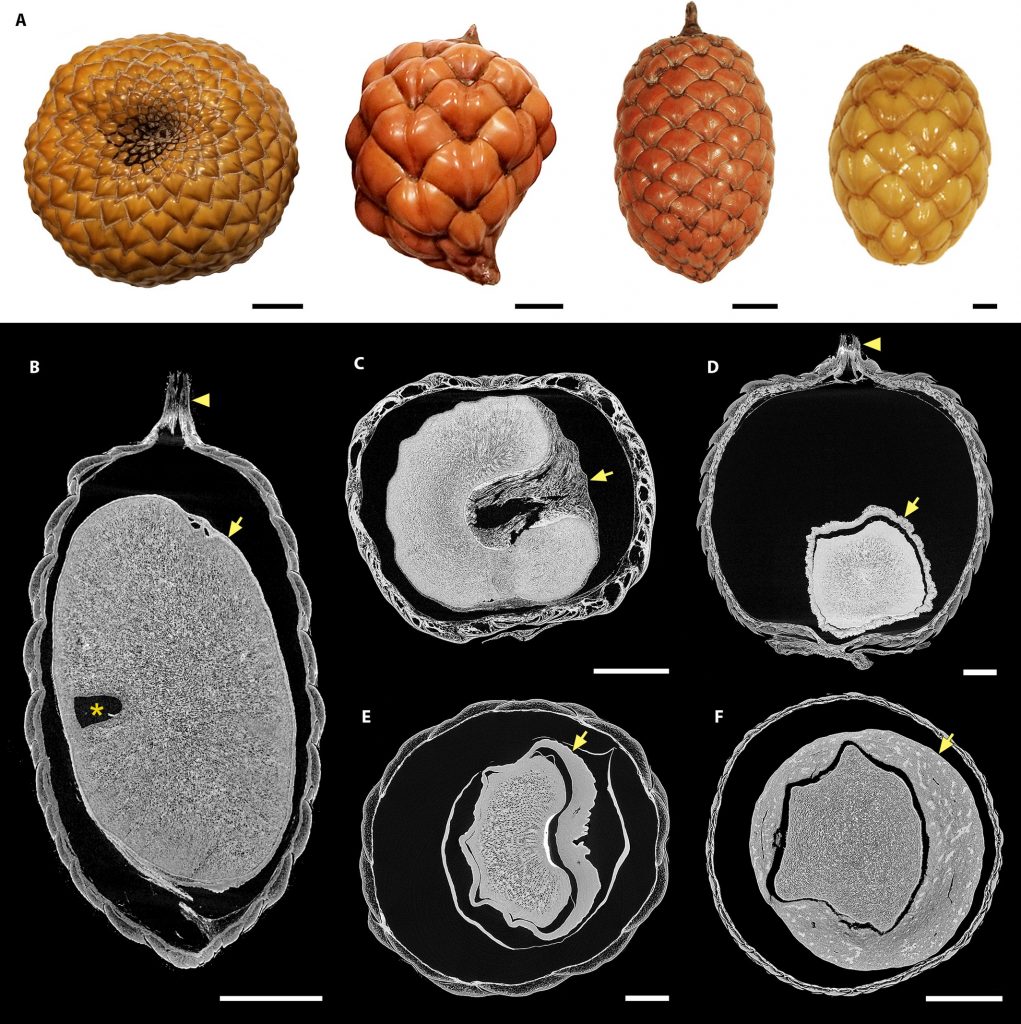
Fossil palm reading using fruits to reveal the deep roots of palm diversity (Am. J. Bot.)
Plant Science Research WeeklyOne of the biggest challenges when using fossils in plant evolution studies is establishing the phylogenetic relationships between fossils and modern plants. This task is particularly complicated with fossils from flowers or fruits, given the little information available for most groups' reproductive…
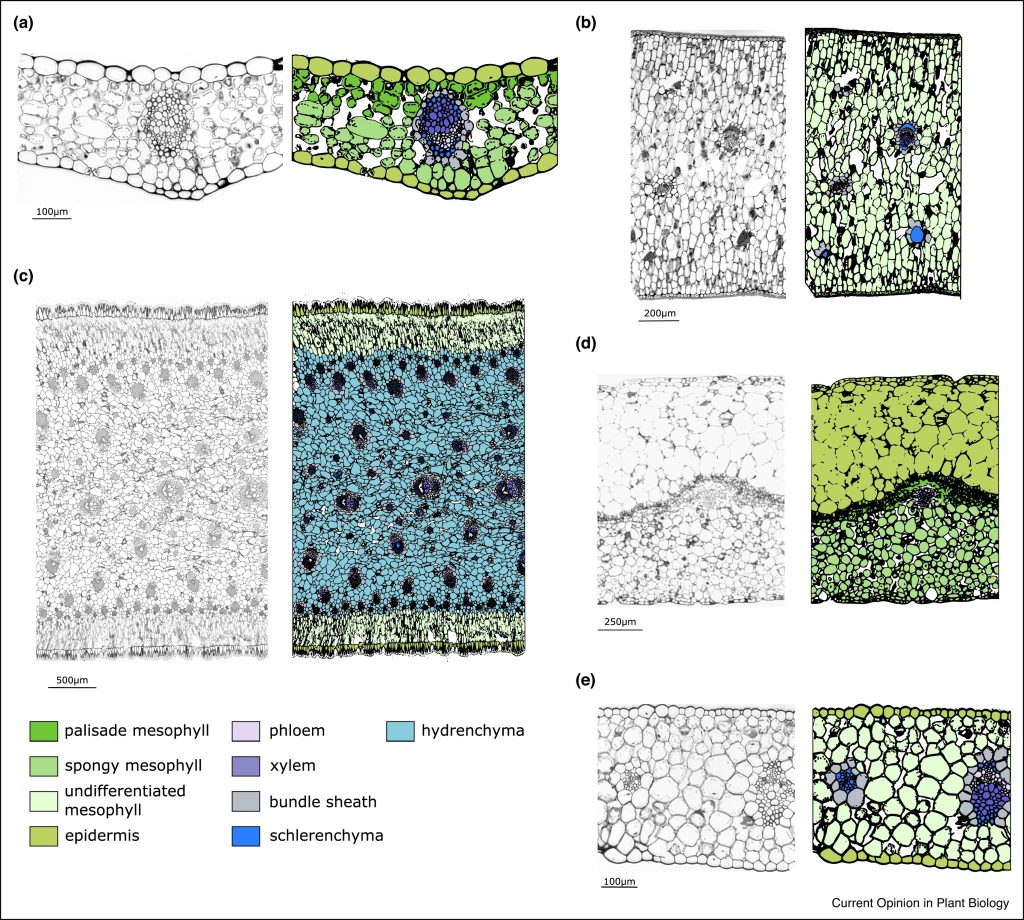
Review: The genetic control of succulent leaf development (COPB)
Plant Science Research WeeklySucculence provides plants with the ability to store water and is therefore commonly associated with plants from arid environments such as the familiar Aloe and Agave. Here, Heyduk reviews the genetic control of leaf succulence. Succulence usually involves large, highly vacuolated cells, but not surprisingly,…

Perspective. Plant awareness disparity: A case for renaming plant blindness (Plants People Planet)
Plant Science Research Weekly
If there is one thing we agree on, it is that plants are underappreciated, leading to consequences spanning from ecosystem collapse to poor rates of funding. This effect, and efforts to remedy it, have been discussed in terms of “plant blindness”. In this Perspective, Parsley summarizes many…
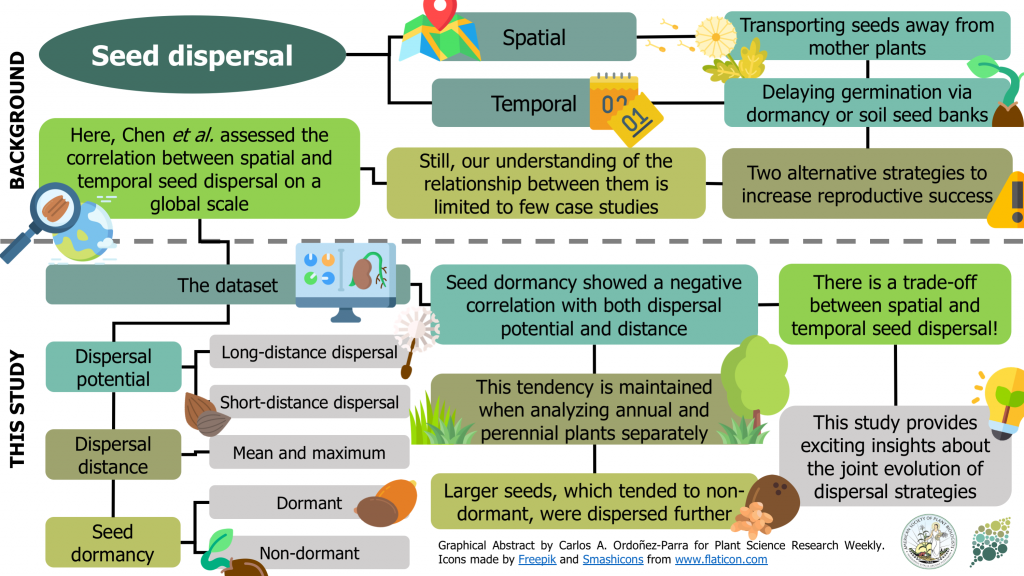
Review: Trade‐off between seed dispersal in space and time (Ecol. Lett.)
Plant Science Research Weekly
Seeds can be dispersed in space (i.e., away from their mother plants) or time (i.e., delayed germination via seed dormancy or persistent soil seed banks). These contrasting strategies have traditionally been considered to increase reproductive success, but our understanding of their relationship is…
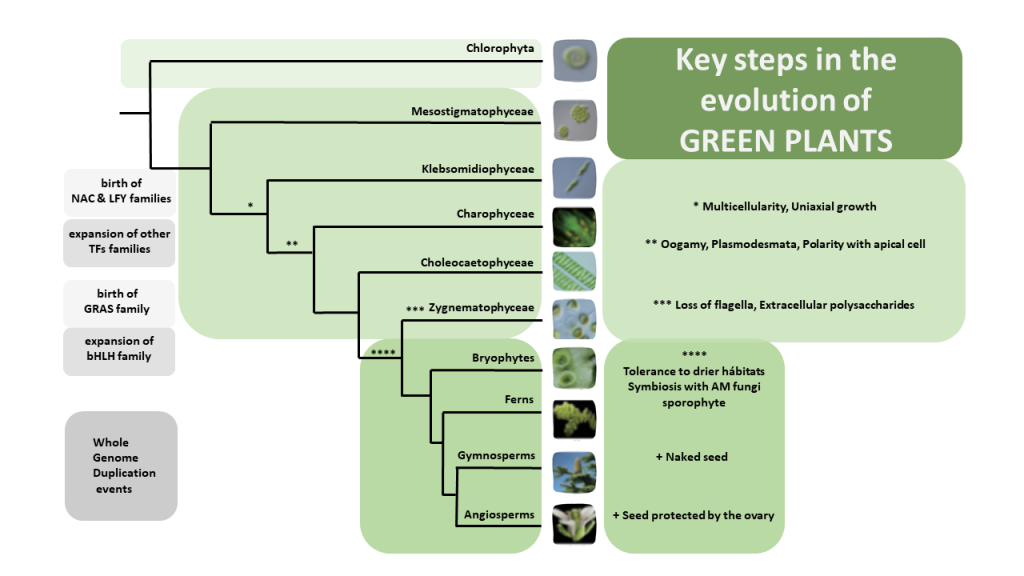
Review: Sequencing and analyzing the transcriptomes of a thousand plant species (Annu. Rev. Plant Biol.)
Plant Science Research WeeklyOver the past decade, Next Generation Sequencing (NGS) has been used for de novo assembly of crop genomes (i.e., tomato, potato) under the motto “If it tastes good, let’s sequence it”. By contrast, the One Thousand Plant (1KP) Initiative set out to obtain transcriptomic data of phylogenetically…

One thousand plant transcriptomes and the phylogenomics of green plants (Nature)
Plant Science Research WeeklyWith a collaborative effort by multiple laboratories across the world, a database of transcriptomics data has been generated for 1124 species encompassing green plants, glaucophytes, and red algae. This extensive work referred to as onekp (one thousand plant transcriptomes) will aid in researchers to…
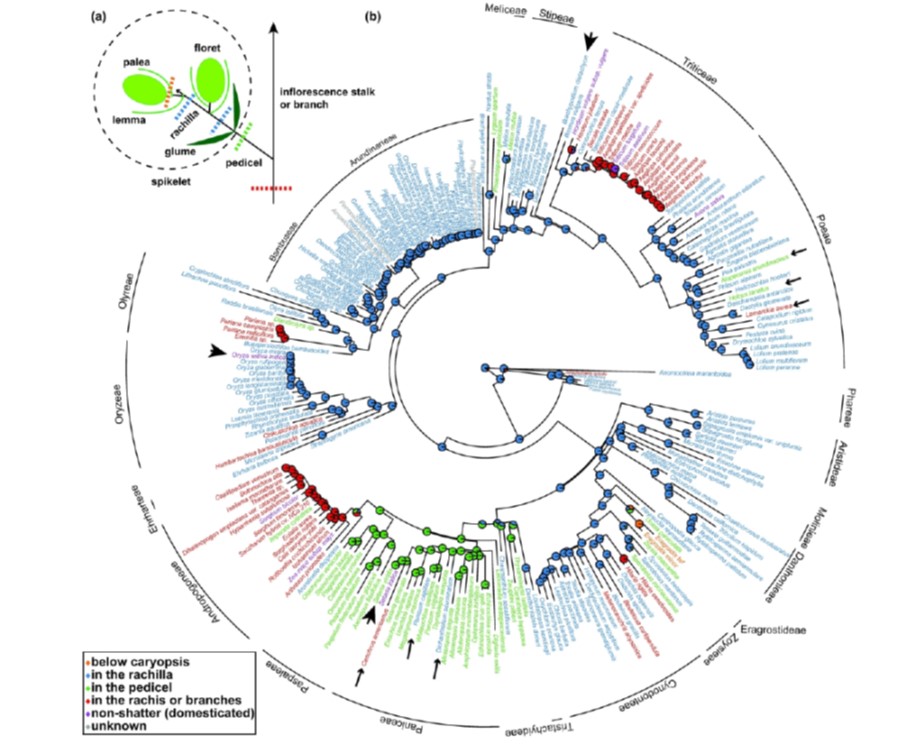
Divergent gene expression networks underlie morphological diversity of abscission zones in grasses ($)
Plant Science Research WeeklyGrasses scatter their seeds through the process of cell abscission. Losing this trait, in a process known as loss of shattering, was an early step in the domestication of cereals. Interestingly, the abscission zone (AZ) is positionally and morphologically different in different cereals. In order to understand…
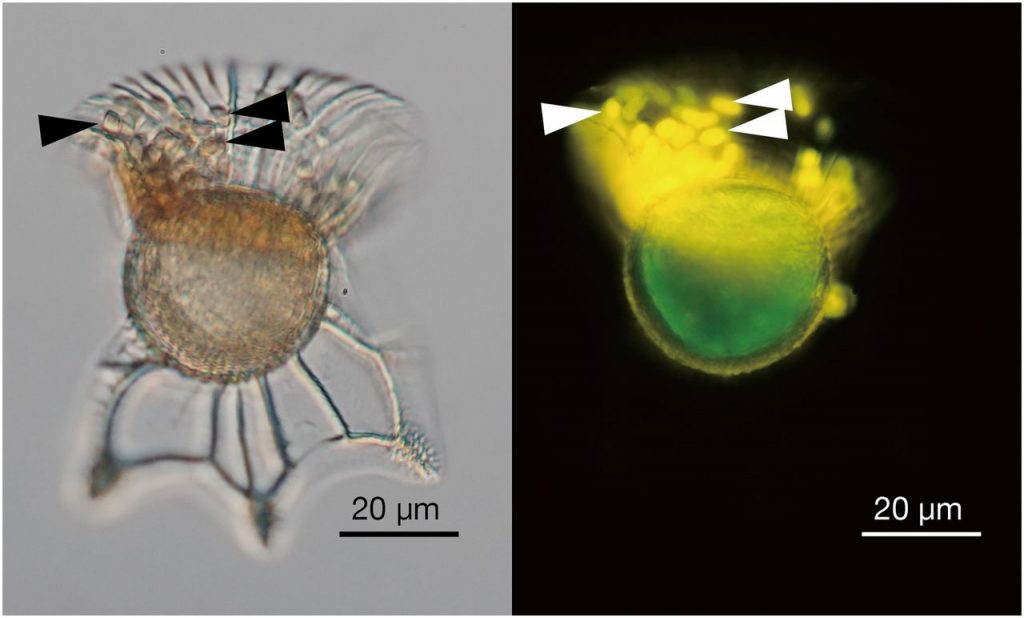
Single-cell genomics unveils an ectosymbiont cyanobacteria associated with a dinoflagellate host (PNAS)
Plant Science Research WeeklyCyanobacteria are important contributors to global carbon fixation. They can be free-living in many different environments, but also form close symbiotic associations with various eukaryotic organisms. Nakayama et al. have idea identified a new type of cyanobacteria that lives as an ectosymbiont in a…
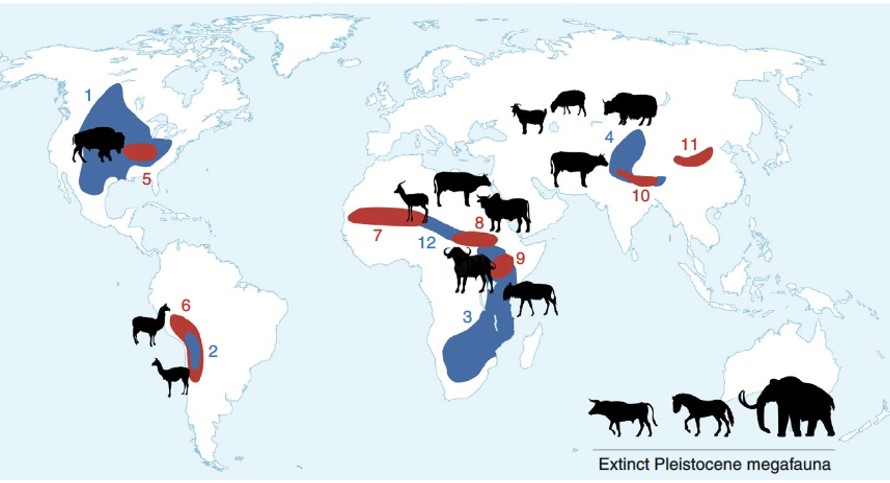
Perspective: Grazing animals drove domestication of grain crops (Nature Plants)
Plant Science Research WeeklyHere’s an interesting question: Without human intervention, why would one find a dense stand of plants, growing in rather nutrient-rich soil? Perhaps you recognized that these conditions suggest seed dispersal by endozoochory, which involves passage through an animal's digestive tract. Spengler and…

